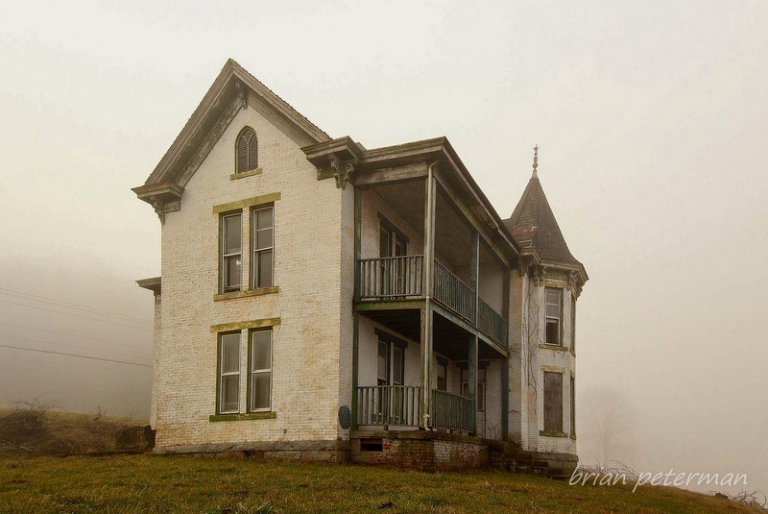
PRUNTYTOWN, W.Va. — If you were an unruly boy growing up in West Virginia before the 1980s, there's a chance your misbehaviors were met with the threat of banishment to "Pruntytown."
Pruntytown! Any infraction that could not otherwise be dealt with might lead to the mention of the word by adults. For many, the threat of being shipped off to the dark and mysterious place was effective because it was practically incomprehensible. What was Pruntytown? Could there be such a place? That uncertainty seemed to be shared.
"I remember not understanding exactly what Pruntytown was, and that made it all the more threatening," Carlos Escobar, who grew up in Charleston, recalled.
"I did not really believe in the place or that I would be sent there, but because it was called a 'town,' and because it might have been associated with prunes, I was cautious. How were prunes involved?
"It was bizarrely effective—on the same level as being given lumps of coal rather than toys for Christmas."
However, adults living near the town knew it was real. Photographer Brian Peterman, who grew up near Pruntytown, says knowing it was real might have worsened the threat.
"We were told that there were people who drove around in vans like dog catchers ready to capture children who stayed out too late," Peterman laughed. "And whereas boys were threatened with Pruntytown, girls were threatened with being sent to Salem."
From 1891 to 1983, the West Virginia Industrial Home for Boys site at Pruntytown was the chief state detention center for juvenile male offenders. In 1899, the West Virginia Industrial Home for Girls was opened in Salem, West Virginia, about 40 miles away.
As part of their reformational experience, the boys were made to work on a nearby state-managed farm, which later became a state game farm and is now the Pruntytown State Farm Wildlife Management Area.
The Salem and Pruntytown facilities closed in 1983, after which the girls’ facility was redesignated as the West Virginia Industrial Home for Youth. In 1985, Pruntytown became a state prison for adult offenders of both genders, renamed the Pruntytown Correctional Center.
Thirty-two female prisoners were moved to Pruntytown from the Alderson Federal Prison Camp at Alderson, West Virginia, in 1988. However, in 2007, the females were transferred to Lakin Correctional Center near Point Pleasant, West Virginia, and Pruntytown no longer housed female prisoners.
The facility now has a capacity of 369 inmates with a 24-bed substance-abuse treatment unit and an additional 24 beds designated as pre-treatment. Its residents are currently classified as low-public-risk inmates.
About the "profane" John Prunty
Long before Pruntytown had become infamous as a reformatory, it enjoyed fame principally due to the character of its founder, the "tempestuous, profane" John Prunty.
First known as Cross Roads—due to its location at the junction of the Washington Post Road and the Booth's Ferry Pike—Pruntytown was incorporated in 1801 as Williamsport. It became Pruntytown in 1845, thanks to John Prunty, and was made the seat of justice for Taylor County, though, in 1878, the seat was moved to nearby Grafton, West Virginia.
According to an article regarding Pruntytown in the West Virginia Heritage Encyclopedia, John Prunty was a man of great stature, "powerful, and never seen without a five-foot staff in his hands."
"He was a tempestuous, profane man," according to the encyclopedia, "and while serving as sheriff of Harrison County, from 1795 to 1797, he is supposed to have blasphemed the court and magistrate for cheating him out of fees he claimed were due him for summoning witnesses.
"As a result, he was placed in the stocks, and Magistrate William Robinson tried to have him removed from office but was unsuccessful.
"Prunty objected to the small size of the new political subdivision when Taylor County was formed, and to appease him, Pruntytown was made the county seat."
In 1838, Rector College was established at Pruntytown and remained until the building was destroyed by fire in 1857. John Barton Payne, who became U.S. Secretary of the Interior and chairman of the Red Cross, was born at Pruntytown.
How the town of "Hundred" got its name
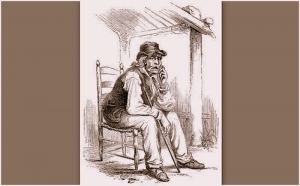
There was a time in the 1850s, soon after the completion of the B&O Railroad, but before the Civil War, when passengers on that remarkable iron road would clamber to the windows to catch a glimpse of "Old Hundred"—a marvel of a man who, even after his hundredth birthday, gardened, and labored, and worked his fields to the delight of passersby. Read the full story here.
Sign up for a FREE copy of West Virginia Explorer Magazine in your weekly email. Sign me up!




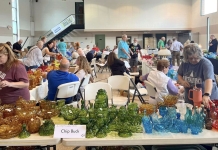






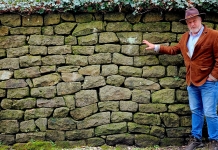


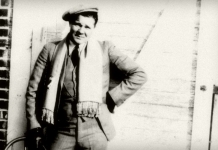
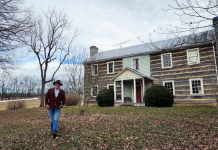
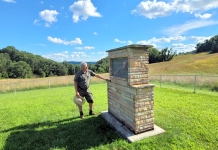








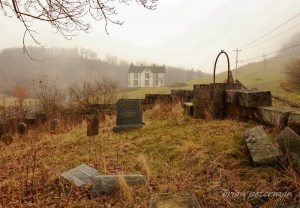








Facebook Comments